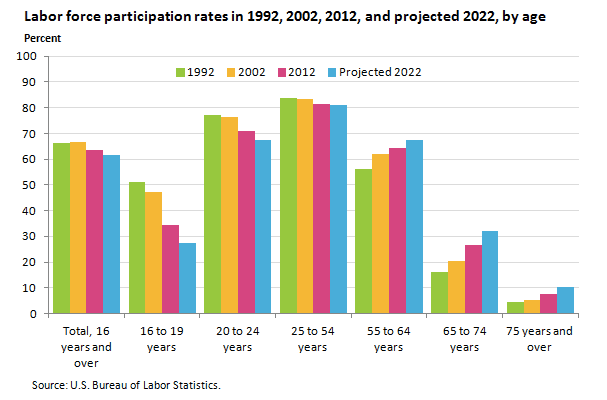LoneLaugher
Diamond Member
Yeah, I'm just green with envy, Boss. I've always wanted to have a business cashing welfare checks.If anything, you deliver them for somebody else. You're too stupid to hold a business together. In fact, you're too stupid to hold down a job, other than general labor.Ooh, you really told me, didn't you? What kind of business, Boss?
Yes....I did tell you. You are coming off like an idiot here.
I distribute cutting tools and other industrial supplies.
What do you do for a living?
I am enjoying this discussion. You are clearly jealous. When are you going to tell me what you do for a living?
You do know the difference between a democrat and a republican, or one difference?
Republicans sign their checks on the front, democrats on the back.
Cool story. I sign some on the front and some on the back. What does that make me?
Full disclosure. I have a stamp for the backs of checks.......and I pay all of my bills electronically.....so I don't really sign any checks.





